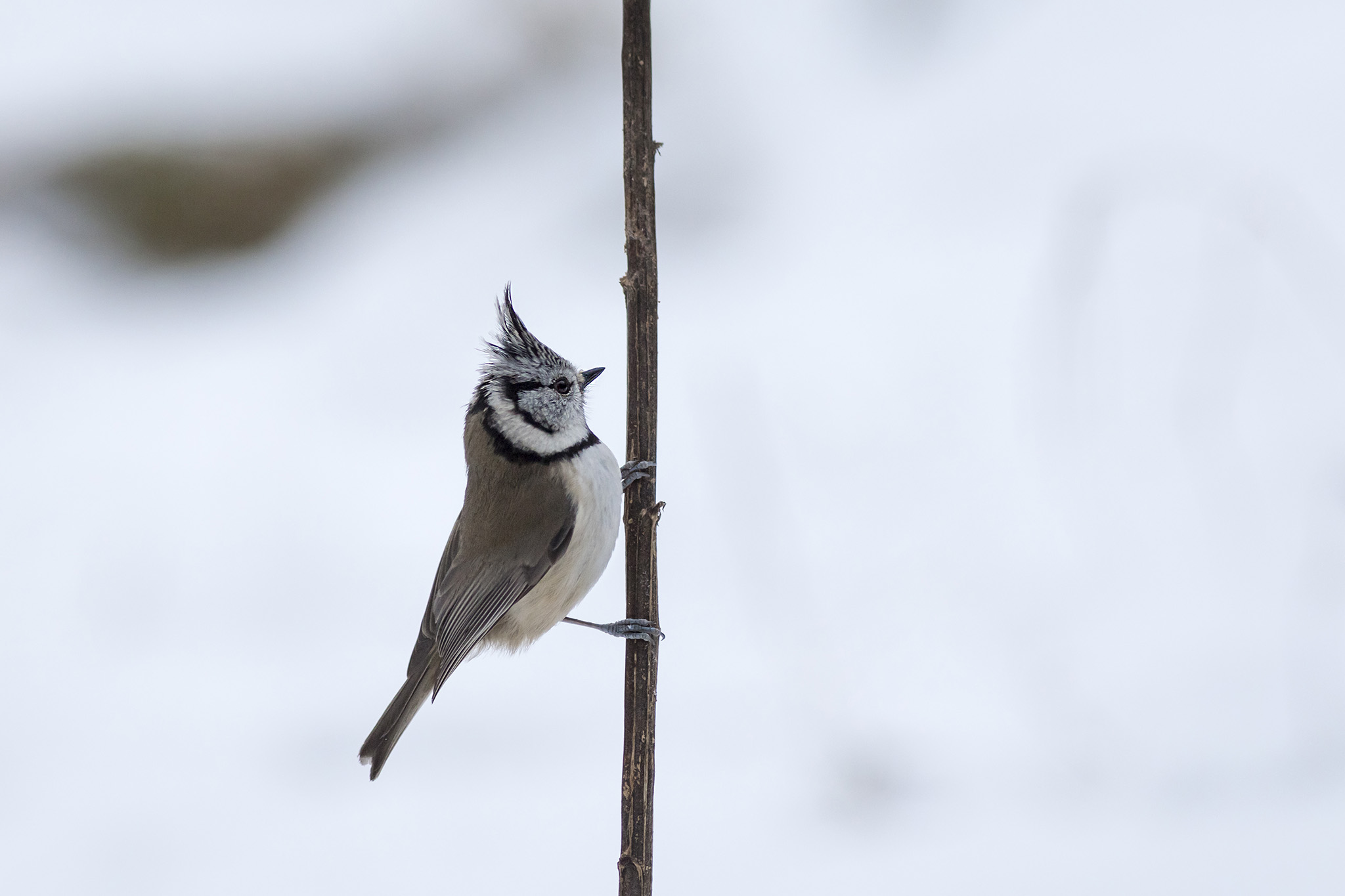Excellent choice — here’s a deep, no-pictures overview of the European Crested Tit (Lophophanes cristatus), a distinctive and charismatic woodland bird of Europe.
🐦 European Crested Tit (Lophophanes cristatus)
🔹 Taxonomy
- Order: Passeriformes
- Family: Paridae (Tits, Chickadees)
- Genus: Lophophanes
- Species: L. cristatus
- Synonym: Parus cristatus (older classification)
🌍 Distribution & Range
- Found across central and northern Europe, from Spain and Scotland through Scandinavia to western Russia.
- Most common in continental coniferous forests — particularly the boreal and montane zones.
- Largely sedentary (non-migratory), though some local movements occur in harsh winters.
Regional populations:
- Scotland: confined to Caledonian pinewoods.
- Central & Eastern Europe: widespread in spruce and pine forests.
- Southern Europe: occurs in mountain ranges (Pyrenees, Alps, Carpathians).
🏞️ Habitat
Prefers mature coniferous forests, especially:
- Scots pine (Pinus sylvestris) and spruce (Picea abies) stands
- Also found in mixed forests with birch and beech
- In lower altitudes, may occur in conifer plantations, parks, or gardens with mature pines
Requirements:
- Old trees for nest cavities
- Mossy understory and decayed wood for nesting material and insect foraging
🧬 Identification
A small, active songbird — instantly recognisable by its erect black-and-white crest.
Size:
- Length: 11–12 cm
- Wingspan: 17–20 cm
- Weight: ~11–13 g
Plumage details
- Head: black-and-white patterned crest forming a pointed tuft
- Face: pale with black bib and eye-stripe
- Upperparts: warm brown to grey-brown
- Underparts: buff or greyish-white
- Bill & legs: dark grey-black
Both sexes look alike; juveniles have a shorter, duller crest.
🎶 Voice & Song
- Calls: sharp, rolling “zee-zee-zee” or “trrr-trrr”
- Song: short, fast trilling series used in territorial and pair communication
- Vocal repertoire simpler than that of the Great Tit, but highly distinctive in conifer habitats.
🍽️ Diet
Omnivorous, like other tits — with a strong seasonal shift:
- Spring–summer: small insects, spiders, caterpillars, beetle larvae
- Autumn–winter: seeds (especially conifers), pine nuts, small invertebrates, berries
- Often caches food in bark crevices for later use
Its ability to store food helps survival through cold northern winters.
🪺 Breeding Biology
- Monogamous; pairs remain in or near their territory year-round
- Breeding season: April–June
- Nest: typically in rotten tree stumps, decayed trunks, or old woodpecker holes
- Uses moss, hair, feathers, and plant fibres to line the cup
- Clutch: 5–8 white eggs with fine reddish spots
- Incubation: 13–16 days (female only)
- Fledging: chicks leave the nest ~20–22 days after hatching
One brood per year; second brood rare.
🧠 Behavior & Ecology
- Agile and constantly active, foraging along trunks and branches.
- Moves in mixed-species winter flocks with other tits, treecreepers, and goldcrests.
- Highly territorial in the breeding season; males display and crest-raise aggressively.
- Sedentary but may wander locally in winter in search of food.
🧩 Subspecies
Several regional subspecies have been described, differing slightly in tone and crest markings:
- L. c. cristatus — Northern & Central Europe
- L. c. mitratus — Southern Europe
- L. c. scoticus — Scotland (darker plumage, slightly larger)
⚖️ Conservation Status
- IUCN Red List: Least Concern (LC)
- Population: stable and locally common
- Main threats:
- Loss of old coniferous forests and deadwood
- Intensive forestry reducing nesting cavities
Conservation note: thrives where natural forest structure and dead trees are retained.
✅ Summary Table
| Feature | Detail |
|---|---|
| Size | 11–12 cm |
| Distinctive trait | Prominent black-and-white crest |
| Habitat | Mature coniferous & mixed woodlands |
| Diet | Insects in summer; seeds & stored food in winter |
| Nest | Tree cavities, stumps, old woodpecker holes |
| Status | Common & stable |
Views: 1049
Subscribe to the newsletter:
